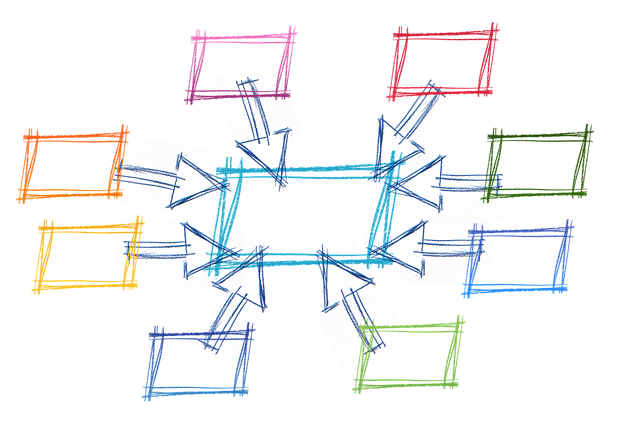Improving Performance Perception: On-demand Image Resizing
Over a series of articles, we've been building a sample application --- a multi-image gallery blog --- for performance benchmarking and optimizations. At this point, our application serves the same image regardless of the resolution and screen size it's being served in. In this tutorial, we'll modify it to serve a resized version depending on display size.
Objective
There are two stages to this improvement.
We need to make all images responsive wherever this might be useful. One place is the thumbnails on the home page and in the gallery pages, and another is the full-size image when an individual image is clicked in the gallery.
We need to add resizing-logic to our app. The point is to generate a resized image on the fly as it's demanded. This will keep non-popular images from polluting o...



